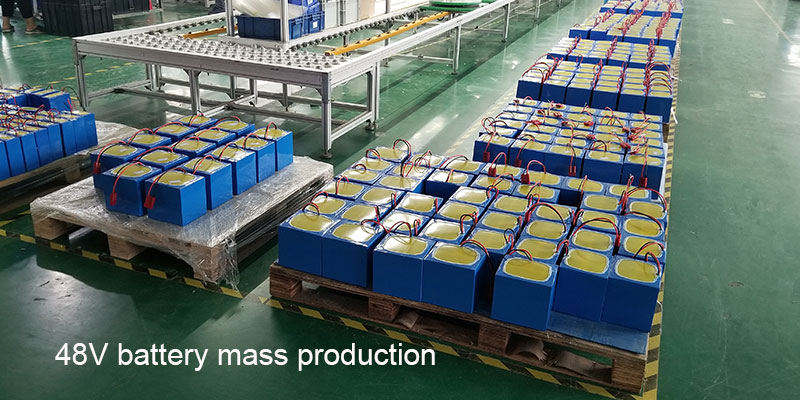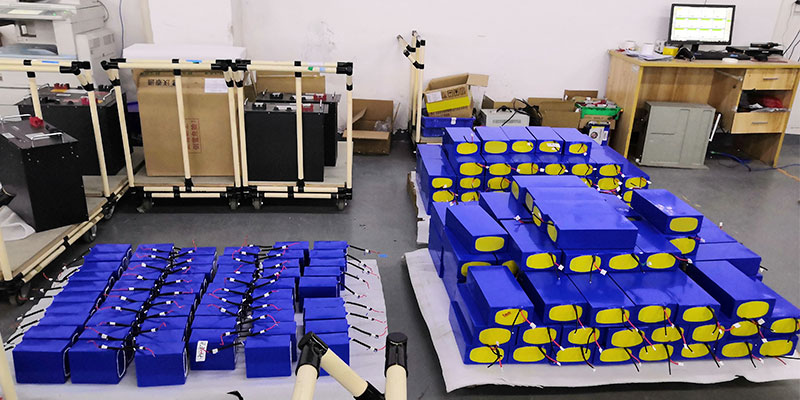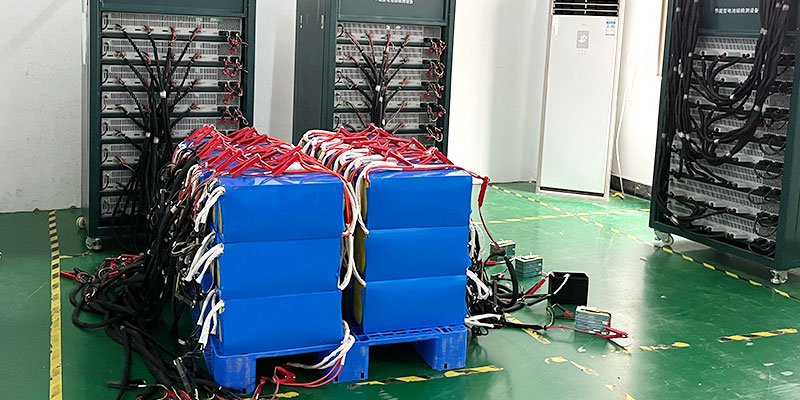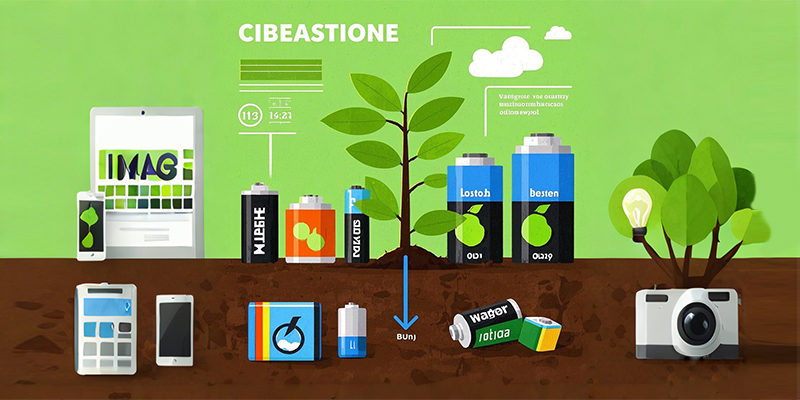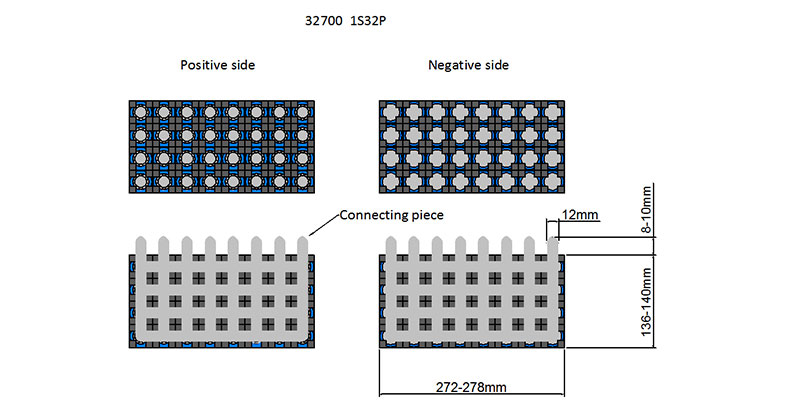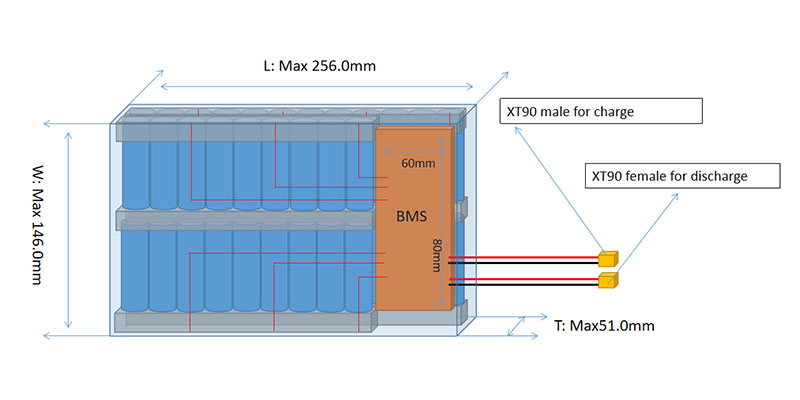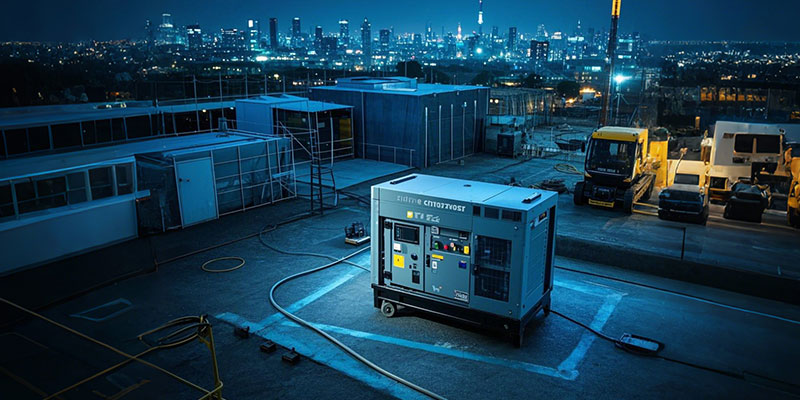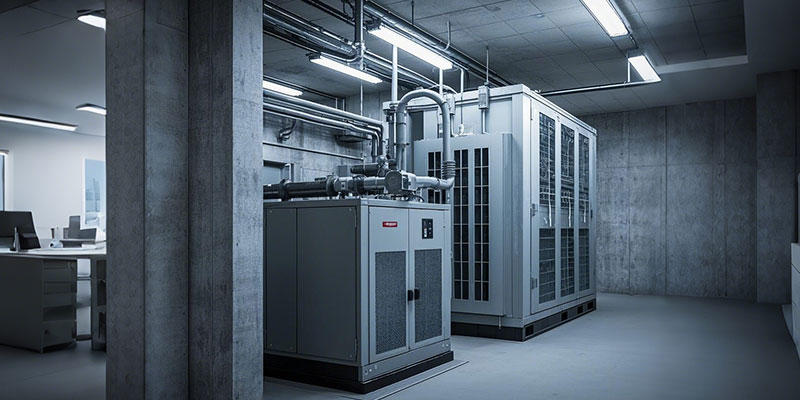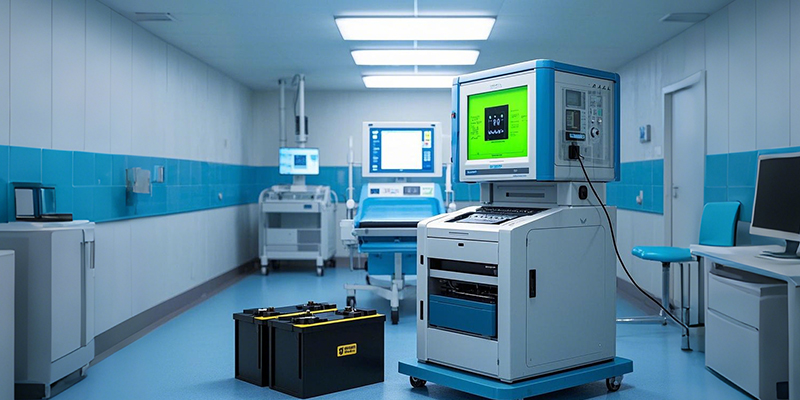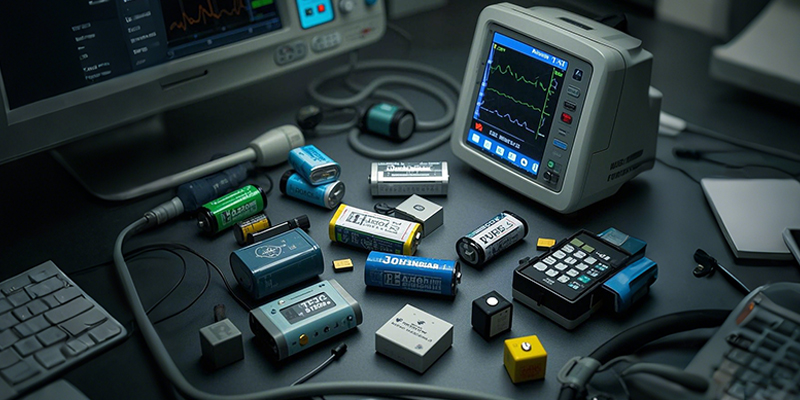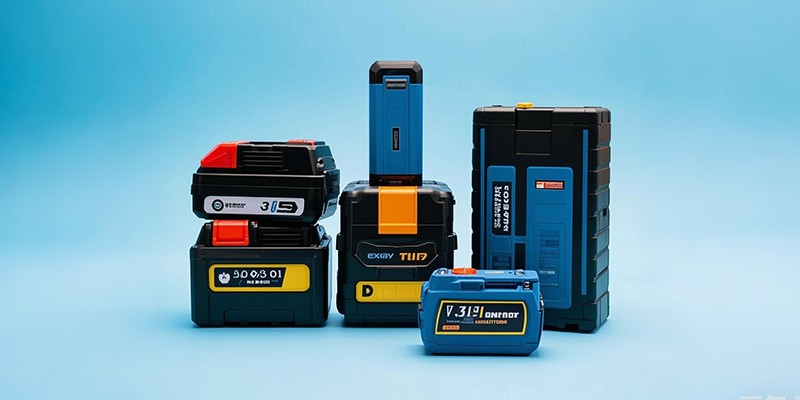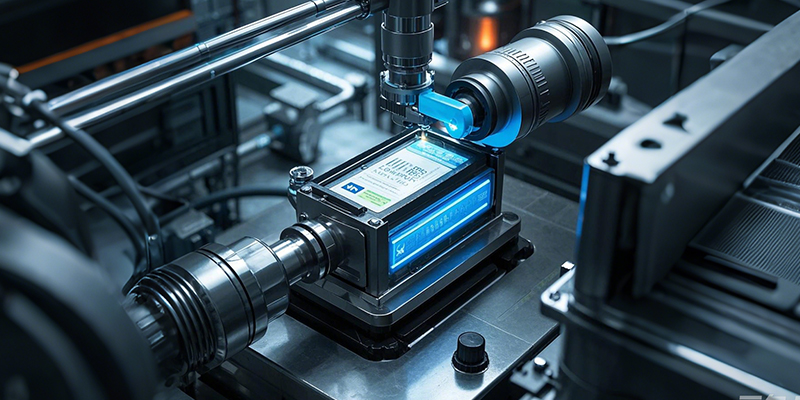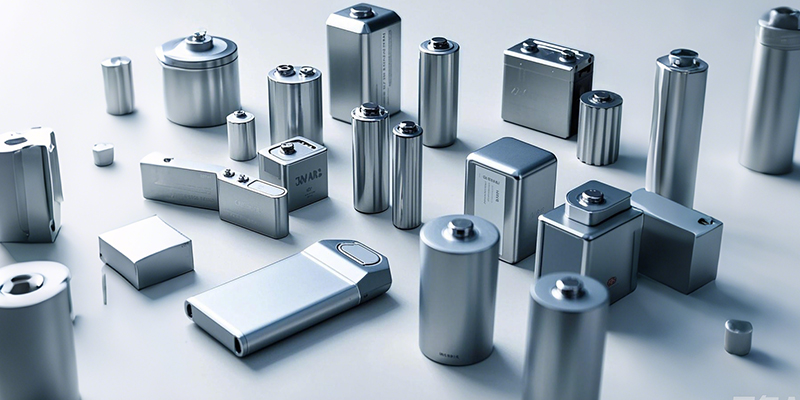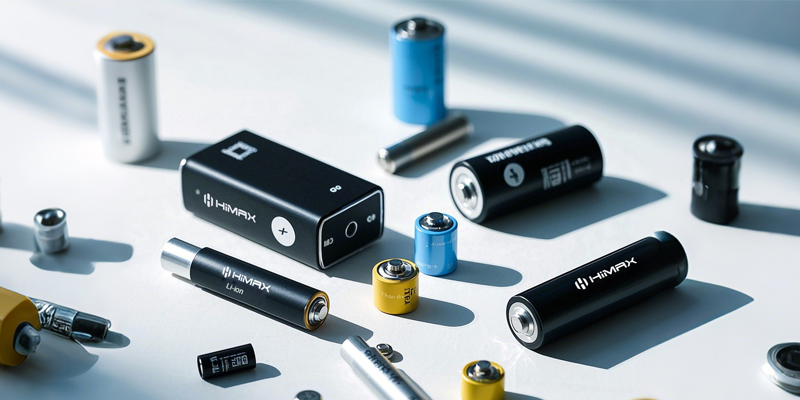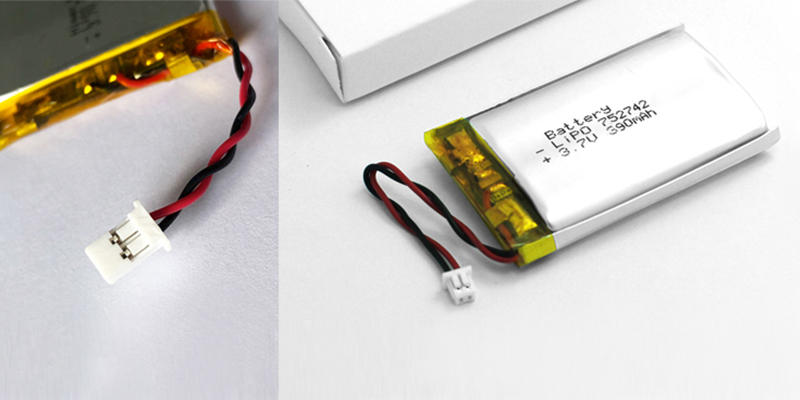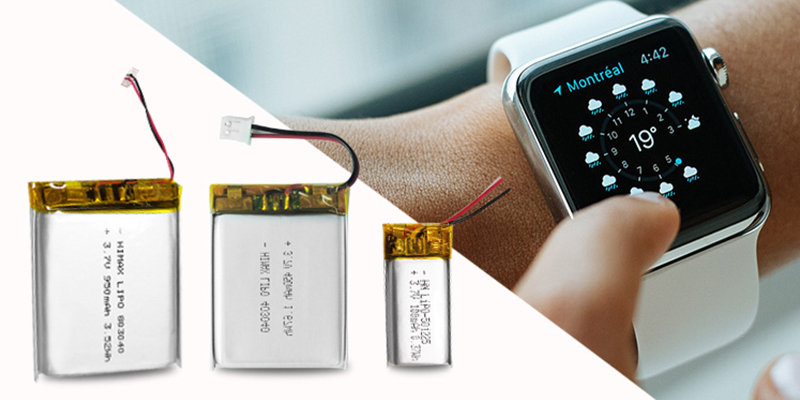1. Introduction:
As renewable energy systems, electric vehicles, and energy storage solutions continue to grow in popularity, the demand for reliable, high-performance batteries like the 48V 100Ah LiFePO4 lithium battery is on the rise. If you’re a bulk buyer looking to power your large-scale projects, Himax offers customized battery solutions tailored to meet your specific needs. In this blog, we’ll guide you through the key factors to consider when selecting the ideal battery for your project and how Himax’s flexible design options can help you optimize performance, safety, and longevity.
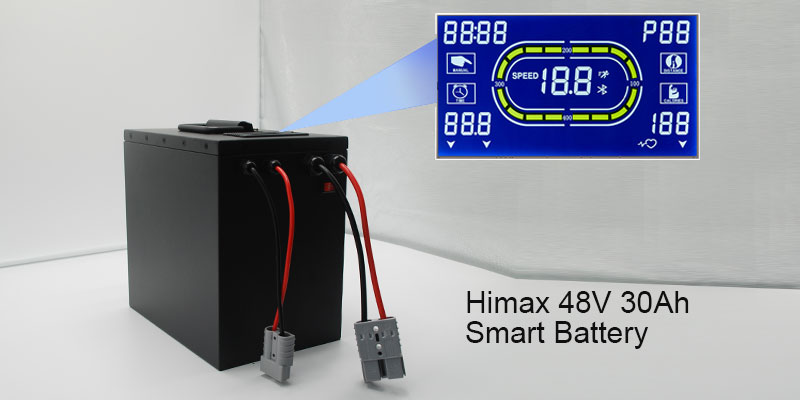
2. Why Customization Matters for Bulk Buyers:
When you’re sourcing batteries in bulk for industrial applications or large projects, customization is key. Every project has its unique requirements—whether it’s for electric vehicles, solar storage, or energy backup systems. With Himax, you don’t just buy off-the-shelf batteries; you get a tailored solution that perfectly aligns with your project specifications. Here’s what makes Himax’s customized 48V 100Ah LiFePO4 lithium batteries stand out:
- Smart Display for Real-Time Monitoring:
One of the most valuable features for any bulk buyer is real-time monitoring of battery performance. Himax’s custom batteries can be equipped with smart displays that show critical data such as battery level, health status, and temperature. This feature is particularly useful for fleet managers, renewable energy installers, and other large-scale operators who need to keep track of battery health and ensure efficient operations. - Custom Waterproof Ratings for Harsh Environments:
If your project involves outdoor or industrial applications where the battery may be exposed to extreme weather conditions, it’s essential to have a battery that can withstand water exposure. Himax offers customizable waterproofing solutions that ensure your 48V 100Ah battery can continue to perform, even in harsh conditions. Whether you need IP65 or even higher waterproof ratings, Himax can tailor the battery’s casing to meet your environmental requirements. - Temperature Adaptability for Extreme Conditions:
The temperature in which your battery operates can significantly affect its performance. Himax’s LiFePO4 batteries are designed to withstand both high and low temperatures, ensuring reliability in any climate. If you’re in a region with freezing winters or scorching summers, this battery will perform consistently, making it ideal for applications like electric vehicles in cold climates or solar energy storage in hot regions. - Customizable Enclosures for Size and Material Needs:
A one-size-fits-all approach doesn’t work when you’re dealing with bulk battery purchases. Himax offers a range of enclosure options, including iron-lithium, ABS, and PVC casings, to ensure the battery fits seamlessly into your design. Whether you need a compact size for limited space or a specific material to protect against environmental factors, Himax provides the flexibility to meet your precise requirements.
3. How Himax Ensures a Perfect Fit for Your Project:
At Himax, we understand that no two projects are the same. That’s why our team of experts works closely with you to customize your 48V 100Ah LiFePO4 lithium battery according to your exact specifications. Whether it’s for electric vehicles, solar energy systems, or backup power solutions, we provide the flexibility to meet your technical needs and ensure optimal performance. Our commitment to customer satisfaction means that your custom battery will arrive ready for immediate use and long-term dependability.

4. Why Choose Himax’s 48V 100Ah LiFePO4 Batteries?
- 17 Years of Custom Battery Experience:
With over 17 years of experience in custom battery design, Himax has worked with top global companies like Flex (formerly known as Flextronics) and BD, providing high-quality, reliable batteries for a wide range of applications. We’ve fine-tuned our manufacturing process to meet the needs of bulk buyers, ensuring your project gets the best value without compromising on quality. - High Performance:
Our LiFePO4 batteries offer high energy density, long cycle life, and deep discharge capabilities, making them ideal for projects that require long-term, sustainable power. Whether you need it for an electric vehicle, a solar energy storage solution, or backup power, our batteries deliver consistent, reliable performance. - Safety First:
Safety is always a priority. LiFePO4 batteries are known for their superior thermal stability and resistance to thermal runaway, reducing the risk of safety hazards like overheating or fires. As a bulk buyer, you can trust Himax’s products to be reliable and safe for both your team and your customers. - Environmentally Friendly:
Himax’s LiFePO4 batteries are not only safe and reliable, but they are also environmentally friendly. Our batteries are compliant with RoHS and CE standards, ensuring they meet stringent environmental and safety regulations. As the demand for green solutions grows, choosing LiFePO4 batteries helps support your commitment to sustainability.
5. How to Start Your Custom Battery Order:
- Consult with Our Team:
The first step in your custom battery order is to talk to Himax’s expert team. Share your project’s requirements, and we’ll help you design a battery solution that meets your specific needs, including voltage, capacity, temperature tolerance, and more. - Receive a Tailored Proposal:
Once we understand your project, we’ll provide a customized proposal outlining the technical specifications and pricing. This ensures that you know exactly what to expect in terms of performance, delivery time, and cost. - Fast Turnaround and Free Sample Testing:
After you approve the proposal, we move into production, ensuring a fast turnaround. We also offer free sample testing, so you can verify the performance and suitability of the battery before making a bulk order.
6.Conclusion:
Choosing the right 48V 100Ah LiFePO4 battery can significantly impact the success of your project. With Himax, you’re not just getting a battery; you’re getting a customized solution designed to meet your unique needs. From real-time monitoring and temperature adaptability to flexible enclosures and safety features, our batteries are built to perform in the most demanding environments. Contact Himax today to discuss your custom battery requirements and take your project to the next level!
Get in touch with Himax today to learn more about our customizable 48V 100Ah LiFePO4 lithium batteries. Request a free sample and start planning your custom solution now!

